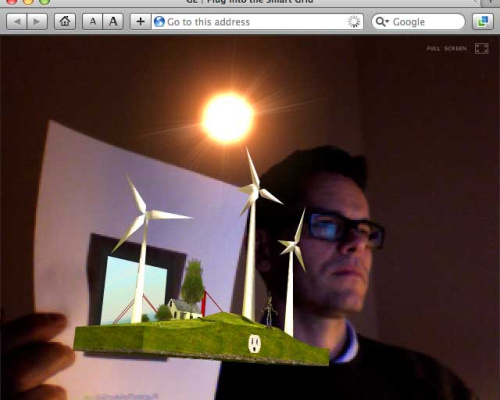The Future of Virtual & Augmented Learning
Date
If you are anything like me, you’re probably curious about what new technologies and trends are on the horizon. Here’s what the experts are saying we should expect from e-learning in 2012.
Augmented Reality & Kinect: Changing the User Experience
The 2010 Horizon Report, a joint report by The New Media Consortium and Educase, predicted that the use of augmented reality in education would be widespread within 2-3 years. While augmented reality (AR) has been around for a few years, the technology required to make it cost-effective for education environments is finally catching up. For that reason, experts predict a sharp rise in AR applications for e-learning this year. By fusing the virtual world into the real world, AR has the power to engage a learner in ways that have never been possible. It will provide opportunities for more authentic learning and allow each student his/her own unique discovery path.
One potential use of AR in a classroom environment is through 3-D object models. Some experts are predicting that static textbooks with flat images will be replaced with contextual, interactive environments where students take control of their own learning using nothing more than a mobile device or a webcam. Imagine learning about human anatomy from a 3-D virtual image where you can manipulate the bones and muscles in your own learning environment. Here are other examples of AR applications in education.
Another use of AR is to create virtual gaming environments with authentic and engaging learning experiences. Software developed by MIT’s Scheller Teacher Education Program lab allows students with mobile devices to interact with virtual characters while walking through real world locations. In Ohio, students used AR technology to solve a fictional crime at Columbus Zoo & Aquarium, learning about the illegal wildlife trade and gaining valuable critical thinking skills along the way.
Gesture-based computing has come a long way since the introduction of the Wii. Now, Kinect apps for education are starting to bring this new technology into classroom learning environments. Students at the University of Washington used Kinect gesture-based computing technology to create a high school math application that teaches velocity and acceleration using the students' own movements in the classroom. Another video at models other Kinect applications being used in classrooms.
If you’re interested in learning more about augmented reality in the classroom, you can watch this presentation given at the New Media & Learning Symposium or contact us.

